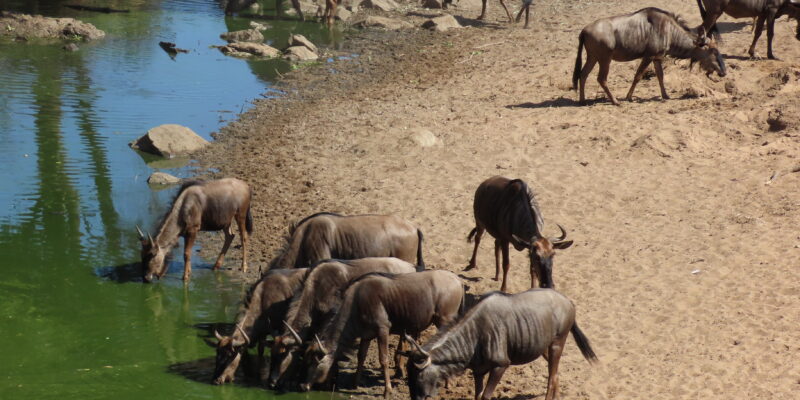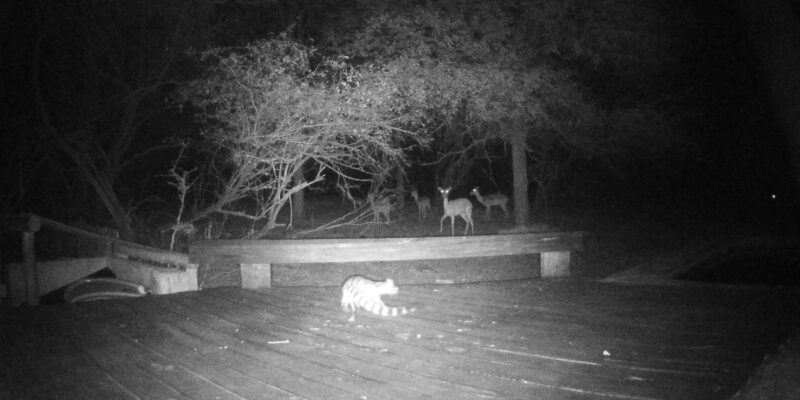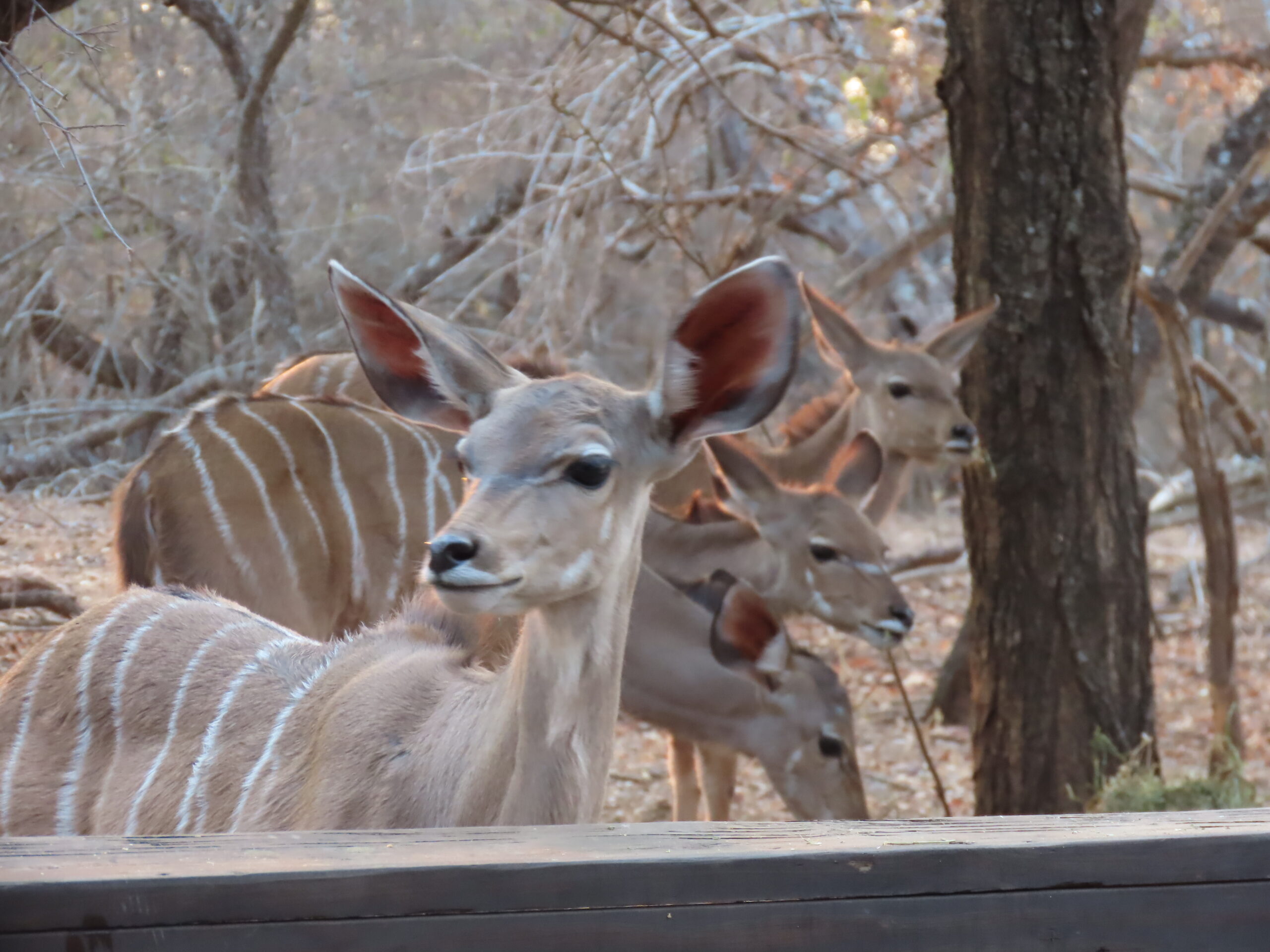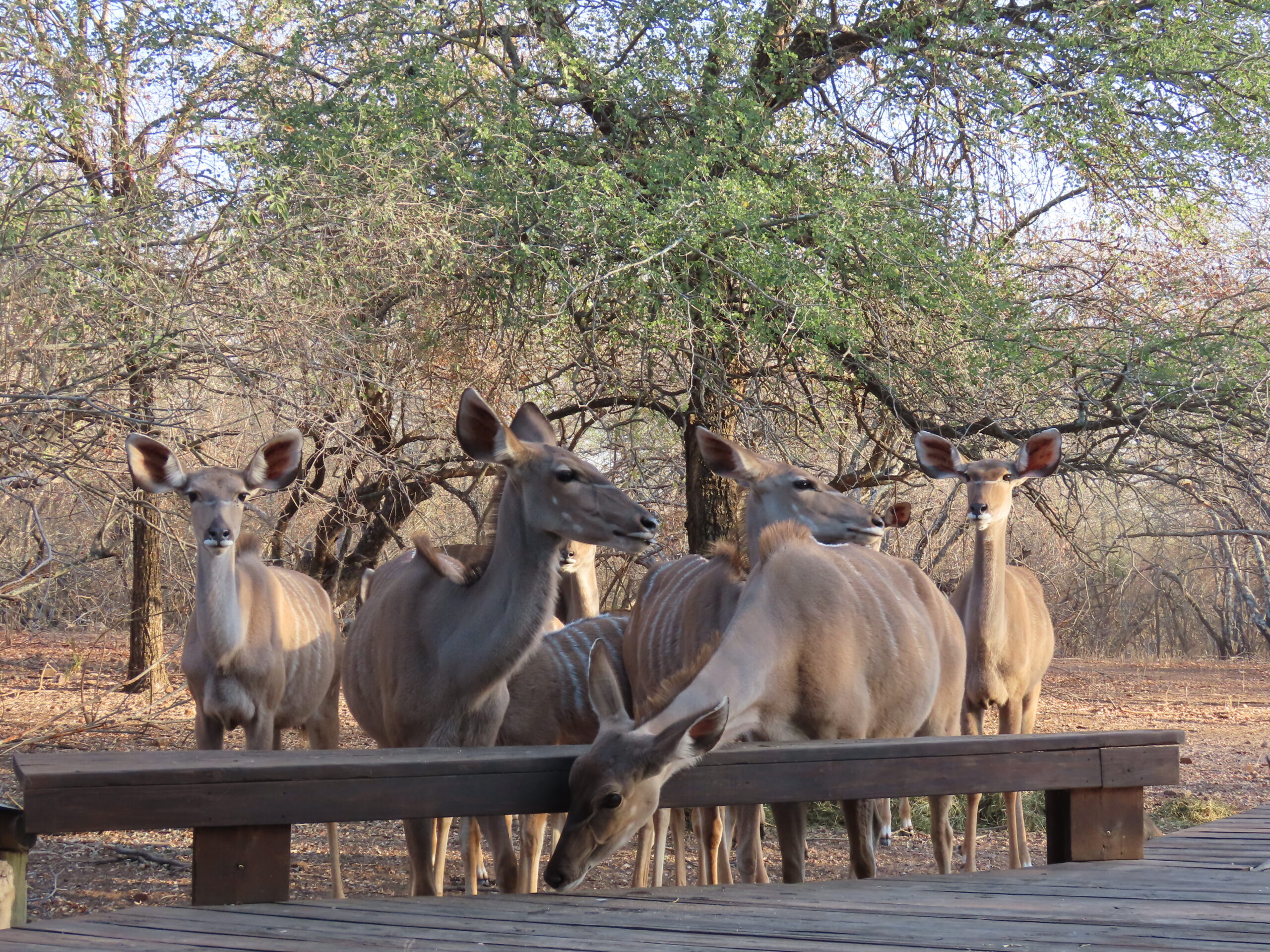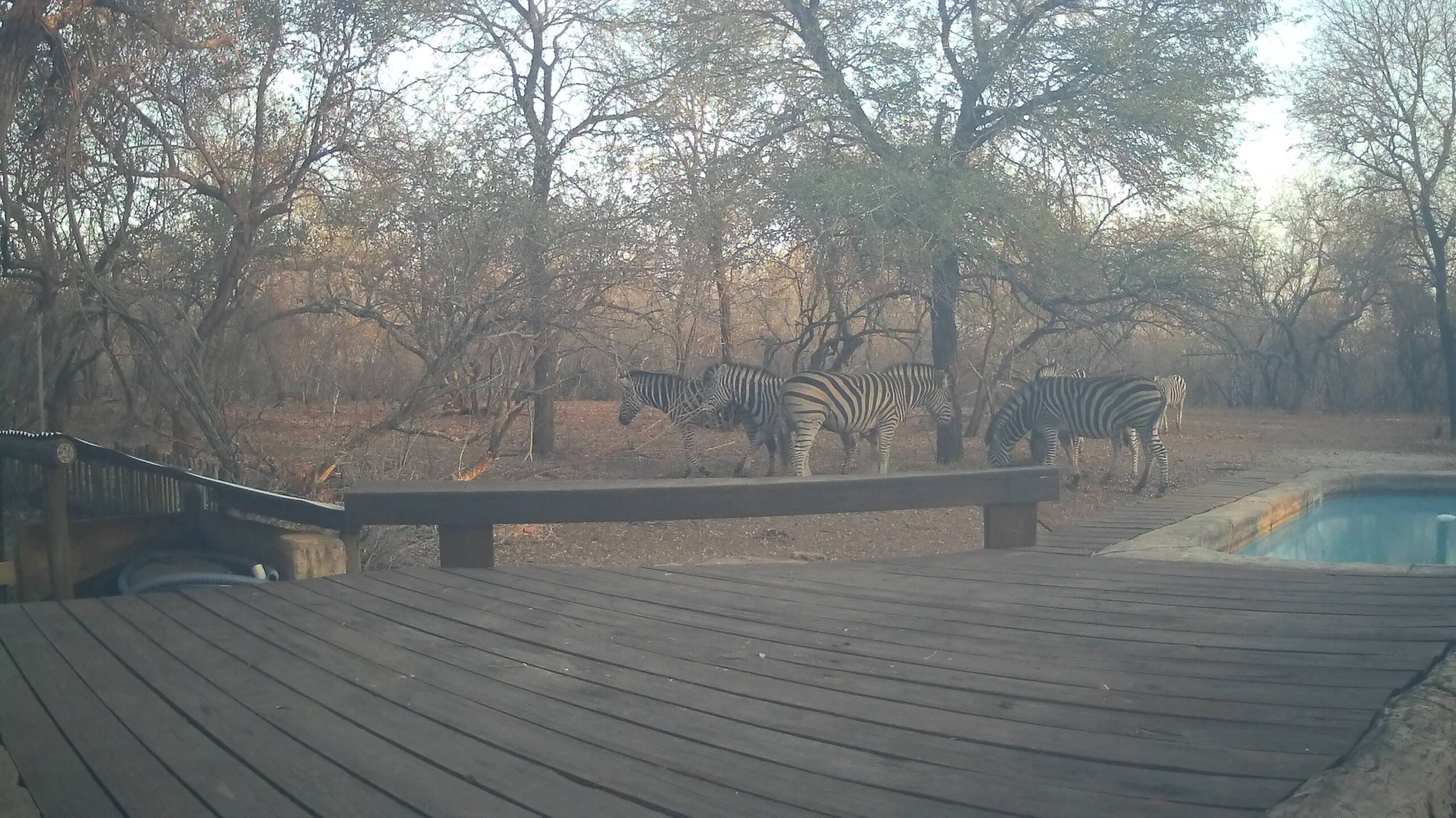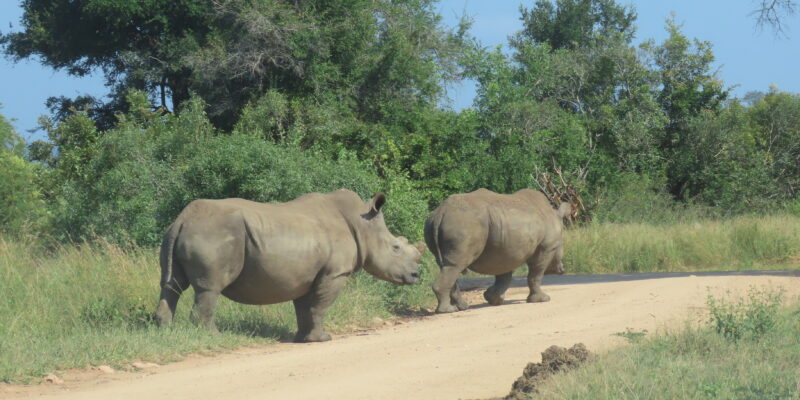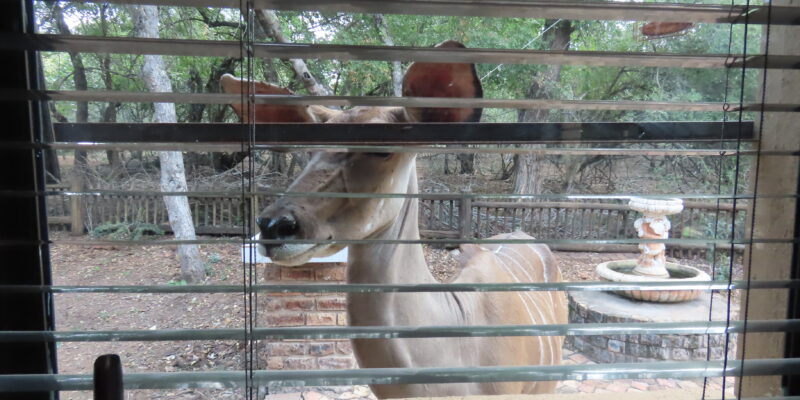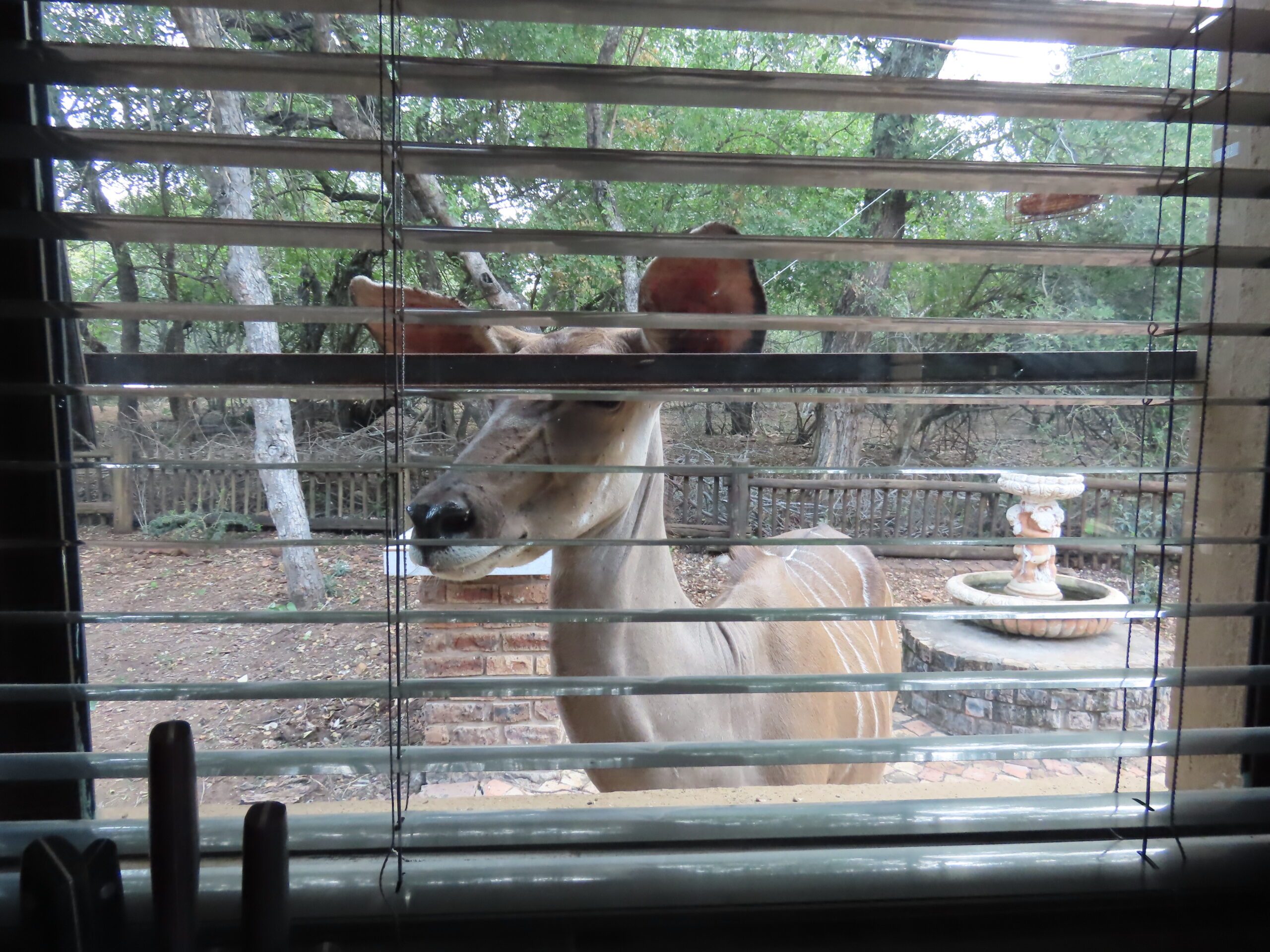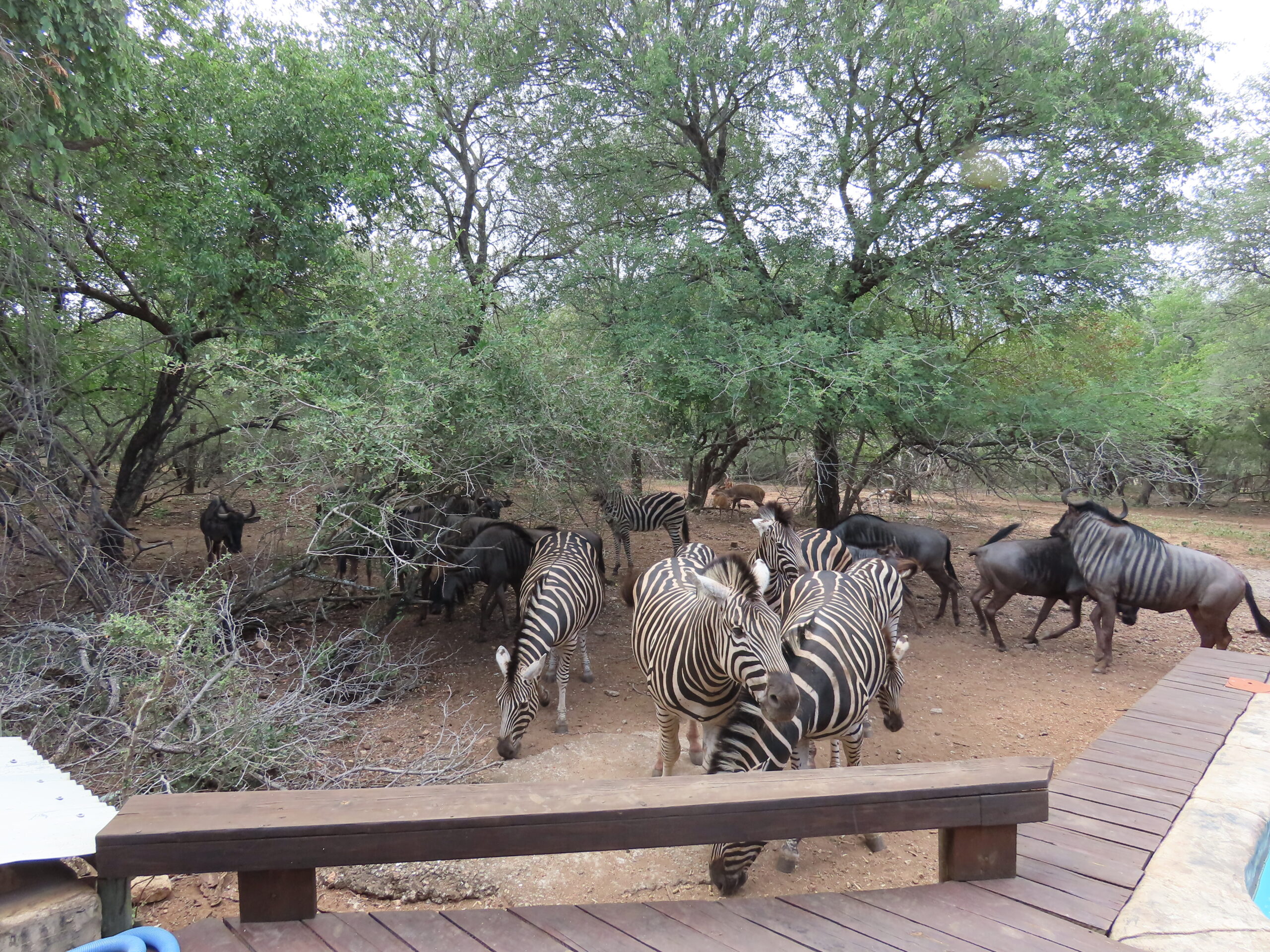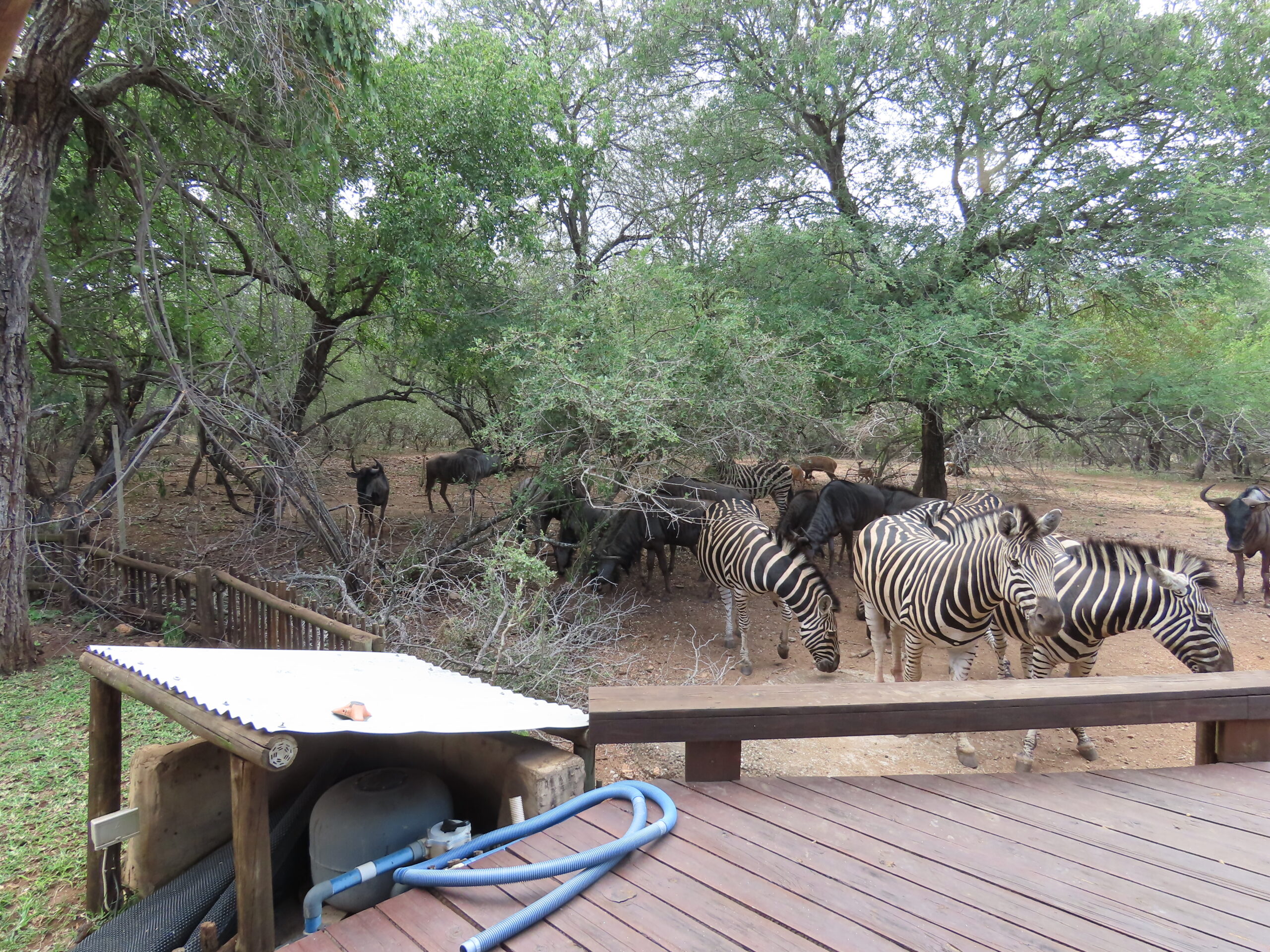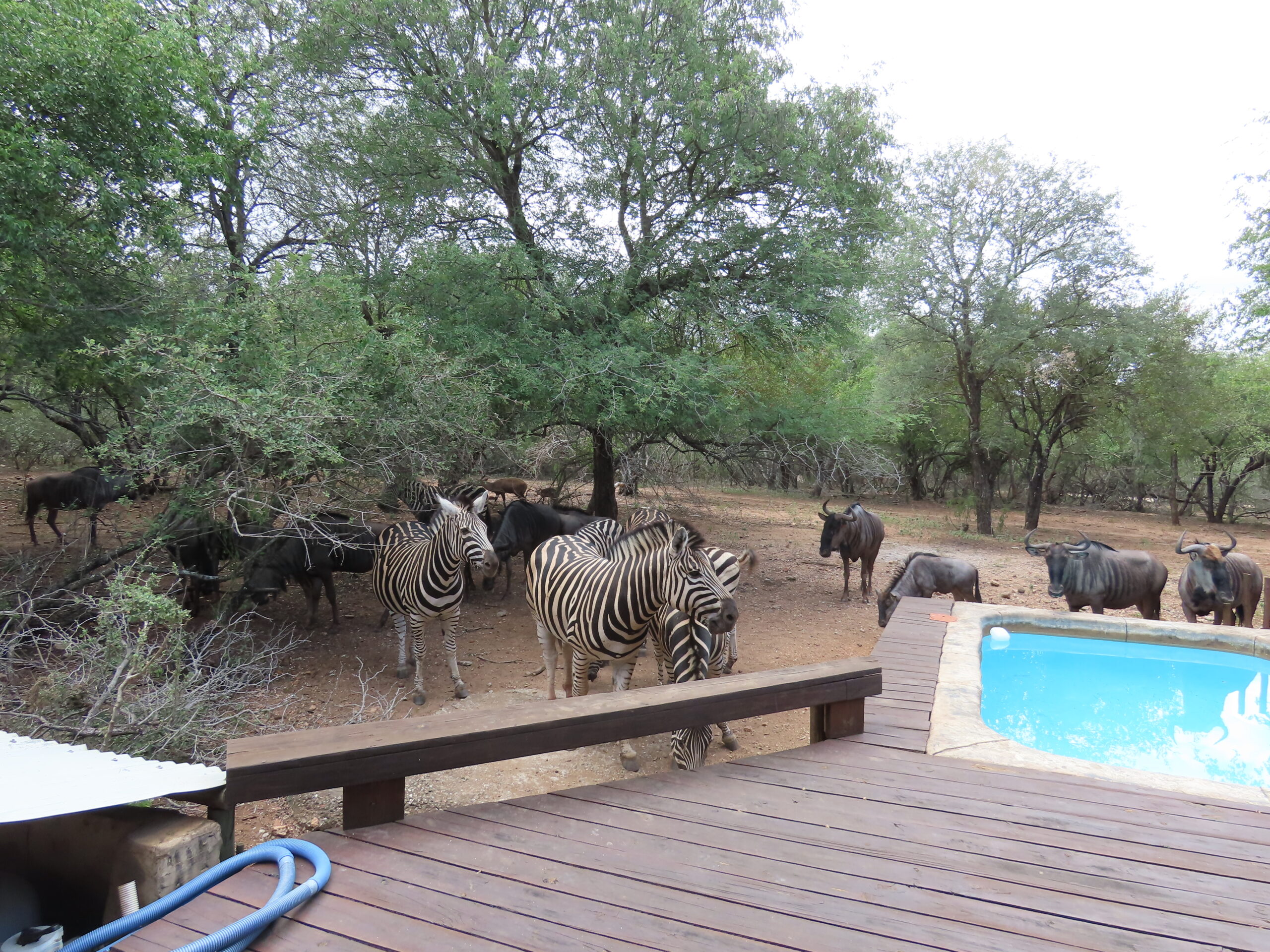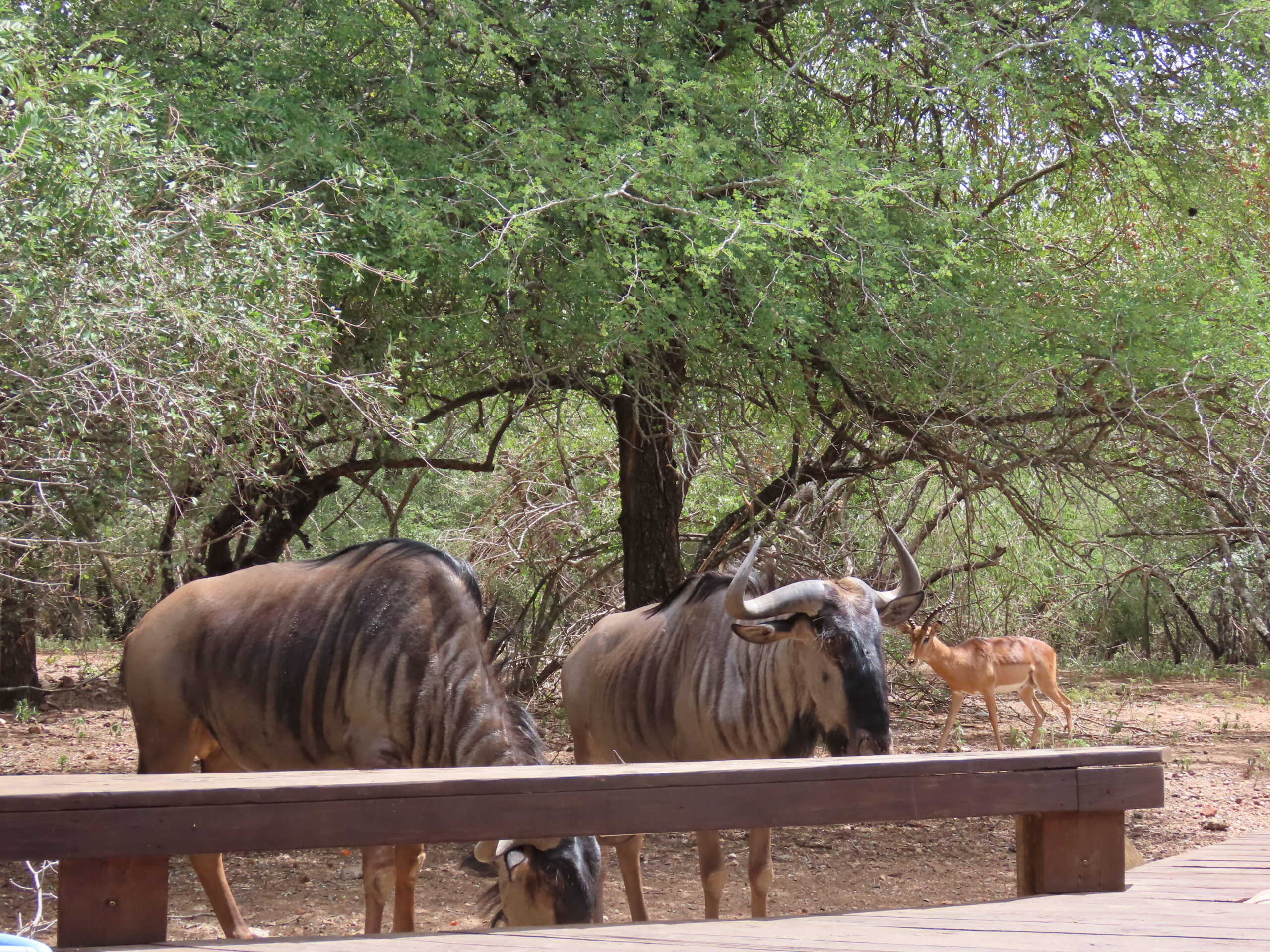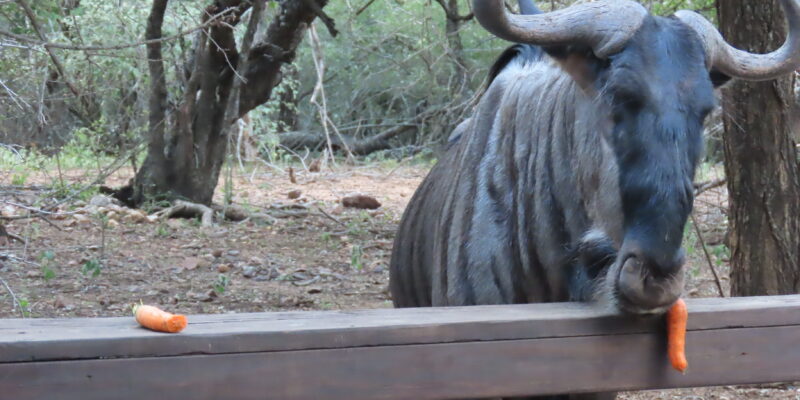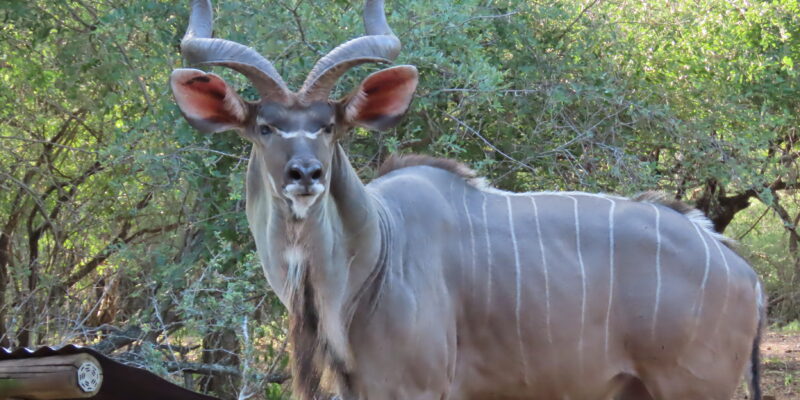
When people visit Kruger National Park, or other African national parks, they often imagine the animals roaming endlessly across the savanna, always on the move, always visible. Yet, much like us, the wild creatures of Kruger have their own rhythms of rest. Sleep in the bush is not about luxury or indulgence. It is about survival, when to let down one’s guard, when to recharge, and when to be hyper-alert. The way animals in Kruger sleep is as varied as their shapes and sizes, each adapted to the demands of predator and prey, day and night.
Lions, for instance…If you’ve ever spent a full day on a game drive, you may have noticed lions doing what they are most famous for: lying around. They can sleep anywhere from 16 to 20 hours a day, sprawled out under a shady knobthorn tree or flopped on a patch of cool sand along a riverbank. For them, conserving energy is essential. Hunting takes tremendous bursts of power, and since they don’t need to forage constantly, they can afford these long naps. Visitors sometimes chuckle at the sight of the “lazy lion,” but there is wisdom in that idleness. Every ounce of strength is stored for the night, when hunting parties set out under the cover of darkness.
In contrast, antelopes such as impala barely dare to rest for long. They snatch short bouts of sleep, often standing up, and rarely for more than a few minutes at a time. Always alert, constantly scanning, they live in a world where slumber could mean becoming a lion’s dinner. Impala may accumulate just a few hours of fragmented rest in 24, relying on the safety of the herd and the advantage of many eyes and ears. There is no luxury of sinking into deep sleep—only a constant balancing act between the need to rest and the need to survive.

Elephants, surprisingly, sleep very little compared to their massive size. They average only about 2 to 4 hours of sleep per day. Most of this happens in the early morning hours, often while standing, though occasionally an elephant will lie down for a deeper stretch of rest. Because they must consume hundreds of pounds of vegetation daily, much of their time is spent walking, browsing, and searching for water. And yet, even in such short windows of rest, elephants are remarkably efficient. Watching a massive bull gently doze, trunk dangling loosely, is a reminder that rest need not be extended to be restorative.
Giraffes take this minimal sleep to another level. Once thought to rarely sleep at all, scientists have discovered they do rest, but usually no more than 30 minutes to 2 hours per day, often in very short intervals. Their awkward height makes lying down risky—they need precious seconds to scramble to their feet if danger approaches. Sometimes, a giraffe will curl its long neck back and rest its head on its body, a sight that seems almost improbable. These fleeting naps are enough to keep them functioning, their survival strategy rooted in vigilance more than comfort.
Zebras share a similar pattern with impalas. They rest standing up, catching light naps throughout the day and night. But when they do lie down for deeper sleep, they rely heavily on the herd. One zebra may doze while another stands guard, an unspoken agreement that safety lies in numbers. It’s humbling to think that such iconic, sturdy animals rarely surrender themselves entirely to rest, their lives a perpetual dance between fatigue and alertness.

Predators, in general, can afford longer sleep. Leopards, being solitary and masters of stealth, often rest in the crooks of trees where few can disturb them. They may spend 12 or more hours a day lounging, their spotted coats blending with the dappled light of marula leaves. Hyenas, despite their reputation for chaos, also enjoy a decent amount of rest, though their active social lives and long-distance scavenging keep them more on the move than lions.
And then, there are the smaller creatures of Kruger—bushbabies, mongooses, and genets. These animals often follow nocturnal rhythms, sleeping during the heat of the day and becoming lively when the sun sets. A bushbaby tucked into the hollow of a tree can easily sleep 10 to 12 hours, waiting for the cool evening when insects abound. Sleep, for them, is both a shield against the harsh sun and a preparation for their busy nights.
What ties all these varied sleep habits together is the deep thread of adaptation. In the human world, we often take sleep for granted, imagining it as a nightly necessity and nothing more. But in the wild, sleep is a finely tuned balance between vulnerability and survival. A lion dozing for half the day is no lazier than a giraffe snatching mere minutes. Both are living exactly as evolution has taught them—resting just enough, in just the right way, to keep them alive in a place where danger and beauty coexist so intimately.
As visitors, we sometimes long to see animals in motion, expecting every sighting to be a chase or a dramatic encounter. But in truth, watching them sleep is just as telling. It shows us the quieter side of the bush—the rhythm of nature that pulses beyond the human clock. Sitting in a vehicle, gazing at a pride of lions piled together in the shade, or watching an elephant drift into stillness, we are reminded that rest is not wasted time. It is a strategy, a necessity, and sometimes, a luxury.

Sleep looks different for each creature, but its purpose is the same: survival. Whether it’s two hours or twenty, light naps or deep slumber, every heartbeat of rest allows the wild to continue its endless story. And perhaps, as travelers, we can take a little wisdom from that, learning to rest in our ways, in our times, without guilt or hurry, simply because it is essential.
Even here in Marloth Park, where predators are few, the instinct of the wildlife is to always be on guard for their safety and sleep no more than that of the animals in the national parks. We often wonder where the animals hide to hunker down at night. However, based on the number of daytime animals we see on the trail cam at night, only mongoose, warthogs, monkeys, baboons, and birds appear to hide away at night to sleep.
Last night, we had another fantastic evening at Jabula, enjoying the ambiance, the food, and the lively banter with Dawn, Leon, Corine, and the multitude of customers that wandered in and out. Tonight, we take our same seats at the bar, which Dawn is saving for us, while the bar fills with sports enthusiasts to watch the South African team, the Springboks, play another exciting game of rugby. They are in first place in the international league.
Be well.
Photo from ten years ago today, August 16, 2015:


